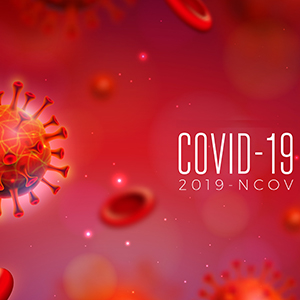SARS-CoV-2 induced coagulopathy and potential role of anticoagulation: Scoping review of literature

All claims expressed in this article are solely those of the authors and do not necessarily represent those of their affiliated organizations, or those of the publisher, the editors and the reviewers. Any product that may be evaluated in this article or claim that may be made by its manufacturer is not guaranteed or endorsed by the publisher.
Authors
Severe acute respiratory syndrome coronavirus 2 (SARS-CoV-2) can vary on a spectrum of asymptomatic disease to rarer manifestations like hypercoagulability especially among elderly patients admitted in the intensive care unit (ICU) and those with preexisting comorbidities. The exact mechanism behind this phenomenon is still unclear, however studies have shown an association with elevated cytokines and severe inflammatory response which encompasses this disease. Hypercoagulability can be limited to the lungs, or present as systemic manifestations of arterial and venous thrombosis leading to mortal outcomes. Thus, careful evaluation of risk factors should be performed by physicians and treatment with anticoagulants should be modified accordingly. All Coronavirus Disease 2019 (COVID-19) in-patients should receive thromboprophylactic therapy, with increased dosages administered to patients with increased disease severity or those with a high risk. D-dimer levels and sepsis-induced coagulopathy (SIC) score aid in identifying high risk patients and predicting outcome. This article highlights the pathophysiology behind hypercoagulability, its clinical associations and discusses therapeutic modalities to combat this fatal consequence of SARS-CoV-2.
Supporting Agencies
Aga Khan UniversityHow to Cite

This work is licensed under a Creative Commons Attribution-NonCommercial 4.0 International License.







